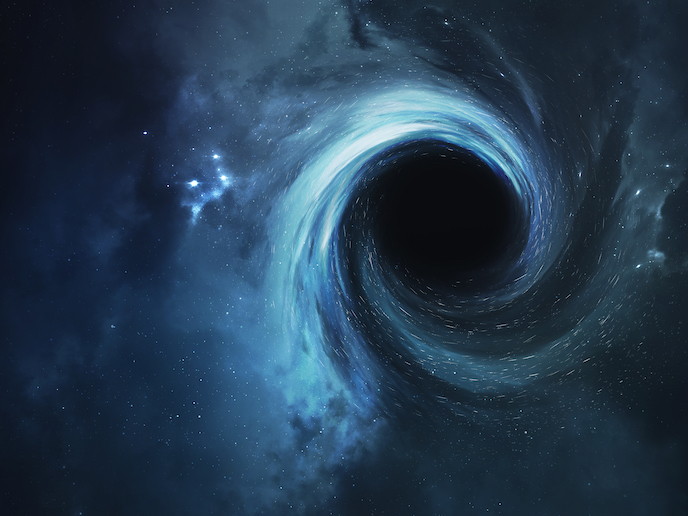Bekenstein-Hawking entropy of supersymmetric black holes finally explained
It is undoubtedly the biggest challenge that has been facing physicists since the beginning of the 20th century. Quantum mechanics and general relativity – while perfectly accounting for how nature works respectively at the tiniest and biggest possible scales – are seemingly irreconcilable. Of course, the problem may seem abstract to the layperson. But it became palpable on 10 April 2019 with the first-ever image of a black hole – the personification of incompatibilities between the two theories. The biggest chance at reconciling general relativity and quantum physics lies in string theory. The potential of its conjectured duality between quantum theory and gravity is huge. But the truth is, there is still much work to be done before the gauge/gravity duality can provide proof that quantum theory and gravity, instead of conflicting, are rather equivalent descriptions of the same physics. “The broad aim of my project was to extend the gauge/gravity duality beyond the state-of-the-art as it now stands. I explored its remarkable physical implications as well as its relationships with various branches of modern mathematics,” explains Dario Martelli, Professor in Theoretical Physics at King's College London. Prof. Martelli’s efforts under the Gauge/Gravity project were devoted to both sides of the duality. His work consisted in developing new methodologies – including geometric approaches to the study of string theory – as well as advancing existing methods in supersymmetric quantum field theories. “We have opened a novel research line that consists in performing precision tests of the gauge/gravity duality. We used setups in which it was possible to achieve great analytic control on both sides of this correspondence. We obtained several extensions of the gauge/gravity duality as set out in the initial research proposal,” says Prof. Martelli. Among others, the project led to two major achievements. The first one is the discovery of an ‘extremisation principle’ that controls a class of geometries relevant to string theory. It provides evidence of the gauge/gravity duality for a wide class of dual pairs. The second one is the explanation of the Bekenstein-Hawking entropy of certain supersymmetric black holes – a long-standing open problem in the gauge/gravity duality – in terms of a dual field theory computation. All in all, these results provide compelling evidence that the gauge/gravity correspondence is the key to linking the extremisation principles governing the statistical properties of supersymmetric black holes with those characterising superconformal field theories, as well as a class of geometric problems in Riemannian geometry. “Black holes remain one of the most intriguing objects in physics and have made a spectacular transition from theoretical constructs to concrete celestial bodies over the past few years,” Prof. Martelli notes. “The timing couldn't be better for focusing my research efforts on investigating the fundamental nature of black holes. In particular, I plan to study black holes that arise in string theory. For that I will take the viewpoint of the gauge/gravity duality, which allows for relating these gravitational objects to concrete quantum theoretic setups. It is very exciting to live in this era of great scientific discoveries!”
Keywords
Gauge/Gravity, black holes, entropy, duality, gravity, general relativity, string theory



